Japan’s Helicopter Carrier
Japan’s postwar navy, the Japan Maritime Self-Defense Force (JMSDF), had invariably envisioned of operating an aircraft carrier, but this was deemed politically implausible due to domestic opposition and concerns from neighboring countries.
Nonetheless, this did not stop the JMSDF from abandoning such attempt, and they started by constructing a destroyer capable of carrying two helicopters (DDH). The quest for a carrier took a leap with the introduction of the Osumi-class transport, the first JMSDF vessel with a large flight deck.
As a Chinese military expansion became evident in everyone’s eyes, the JMSDF next decided to build the full-fledged helicopter carrier as replacements to the aging DDH destroyers.
This Hyuga-class helicopter destroyer was epoch-making not only because of its sheer size, but also the role of setting the table for postwar Japan’s first aircraft carrier, the Izumo-class.
- General Overview
| Displacement | 13,950 tons (standard) |
| Length | 197m (646ft) |
| Beam | 33m (108ft) |
| Crew | 360 people |
| Speed | 30 knots (56km/h, 34.8mph) |
| Armament | 20mm CIWS×2 Vertical missile launcher×16 Triple torpedo launcher×2 12.7mm machine gun |
| Aircraft | Maximum: 11 helicopters Standard: SH-60 Helicopter×3 MCH-101 Helicopter×1 |
| Unit Cost | 900 million USD |
Considering that the “Haruna-class” it replaced had a standard displacement of 5,000 tons and could carry three helicopters, the innovative nature of the “Hyuga-class” is clear.
As a helicopter carrier, the Hyuga-class can carry up to eleven helicopters, equivalent to the total capacity of a standard JMSDF fleet, though the usual number is around four helicopters with further more being deployed on an necessary basis.
The flight deck hosts four landing spots, allowing for the simultaneous take-off and landing of three helicopters, and can accommodate Apache attack helicopters and V-22 Ospreys operated by the ground forces.
Improbable To Convert?
The common question regarding the Hyuga-class is whether it can be converted into an aircraft carrier like the Izumo-class or not.
The answer would be “Technically yes, but no in a practical sense.”
First of all, the deck of the Hyuga-class is too short for fixed-wing aircrafts, and both aircraft elevators are located in the middle of the deck, making it difficulty to accommodate any large aircraft.
To elaborate a little bit, one of the elevator is theoretically large enough to carry an F-35B fighter jet, but the location would still render the flight deck unusable while the elevator is in motion.
For comparison, the British Navy’s “Queen Elizabeth-class” and the aforementioned Izumo-class both have a total length of nearly 250m/820ft and an side-elevator that allows the aircraft to exceed the size of the elevator.
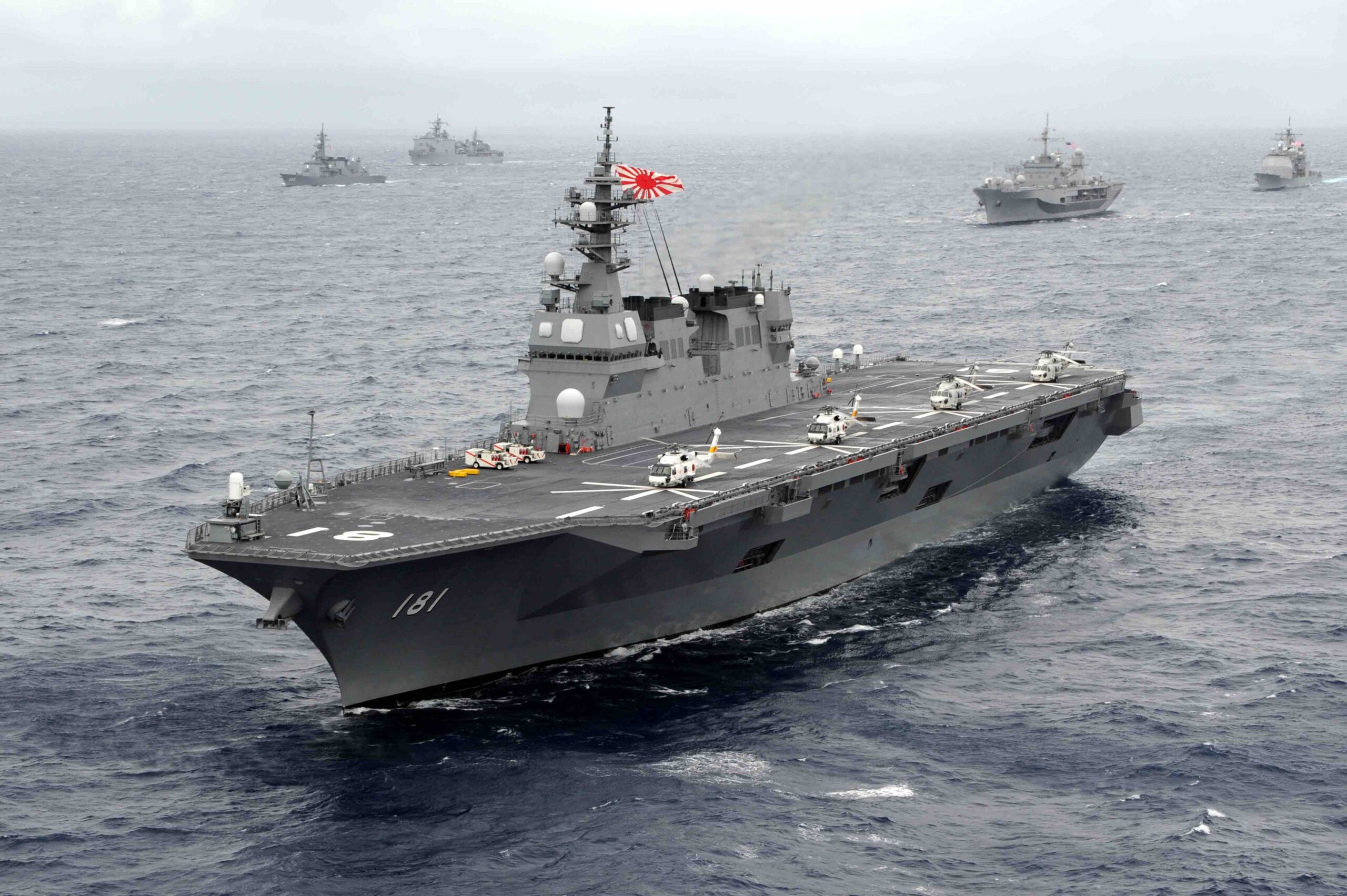 Designed solely as a helicopter carrier (photo: JMSDF)
Designed solely as a helicopter carrier (photo: JMSDF)
Furthermore, the flight deck of the Hyuga-class is not designed to withstand the heat generated by jet aircrafts, and even with an installed ski-jump ramp for takeoff, any fighter aircraft would be limited in terms of both fuel and armament.
Despite the substantial effort and cost for such modification, the fleet’s anti-submarine capability would be significantly degraded in exchange for a few fighters, making little sense from a cost performance standpoint.
In other words, there is no need to convert the Hyuga-class into a light carrier at the expense of the advantages of a helicopter carrier.
Flagship & Off-shore Base
The Hyuga-class’s unprecedented size has brought other merits, especially in the communication and combat command realm. The large facilities allows the helicopter carrier to fulfill the role of as the fleet’s flagship and its advanced radar system actually has a wider detection range than some destroyers.
Weapons such as anti-ship missiles are absent from the Hyuga-class since it is considered too large to perform combat maneuvers, but it is equipped with a vertical launch system (VLS) capable of firing anti-submarine and anti-air missiles.
With its spacious facilities and robust aviation capabilities, the Hyuga-class can serve an off-shore base during emergency situations, as we have seen in multiple disaster relief operations.
The ship is also equipped with eight hospital beds, including an intensive care unit and a surgical room, and can function as a makeshift hospital ship by deploying field hospitals on flight deck and hangers.
These features are expected to be instrumental in island defense scenarios as well, and although it is often overshadowed by the Izumo-class carriers, the Hyuga-class has become increasingly important in its anti-submarine role since the Izumo-class had to reduce its helicopters to accommodate the F-35B fighters.

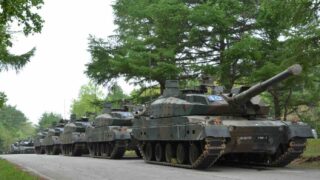
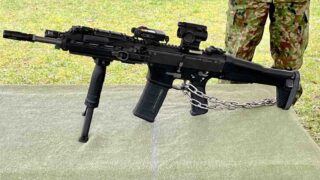
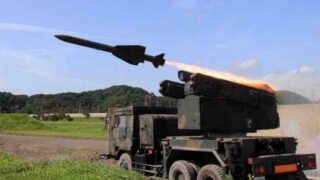
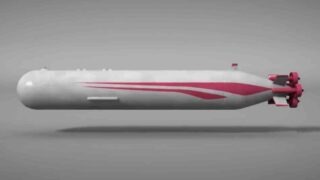
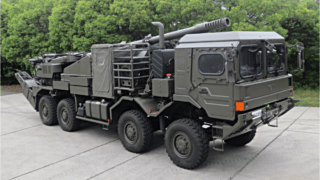
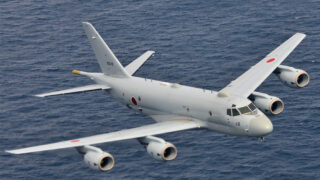

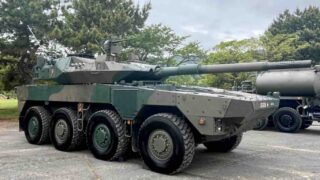
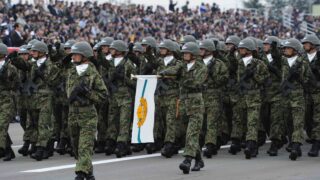

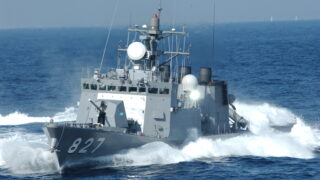
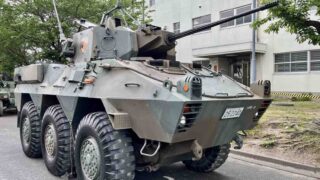
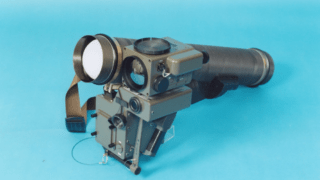
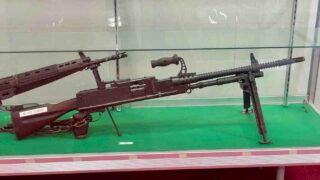
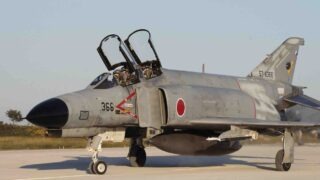

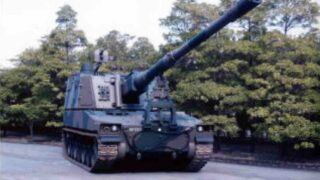

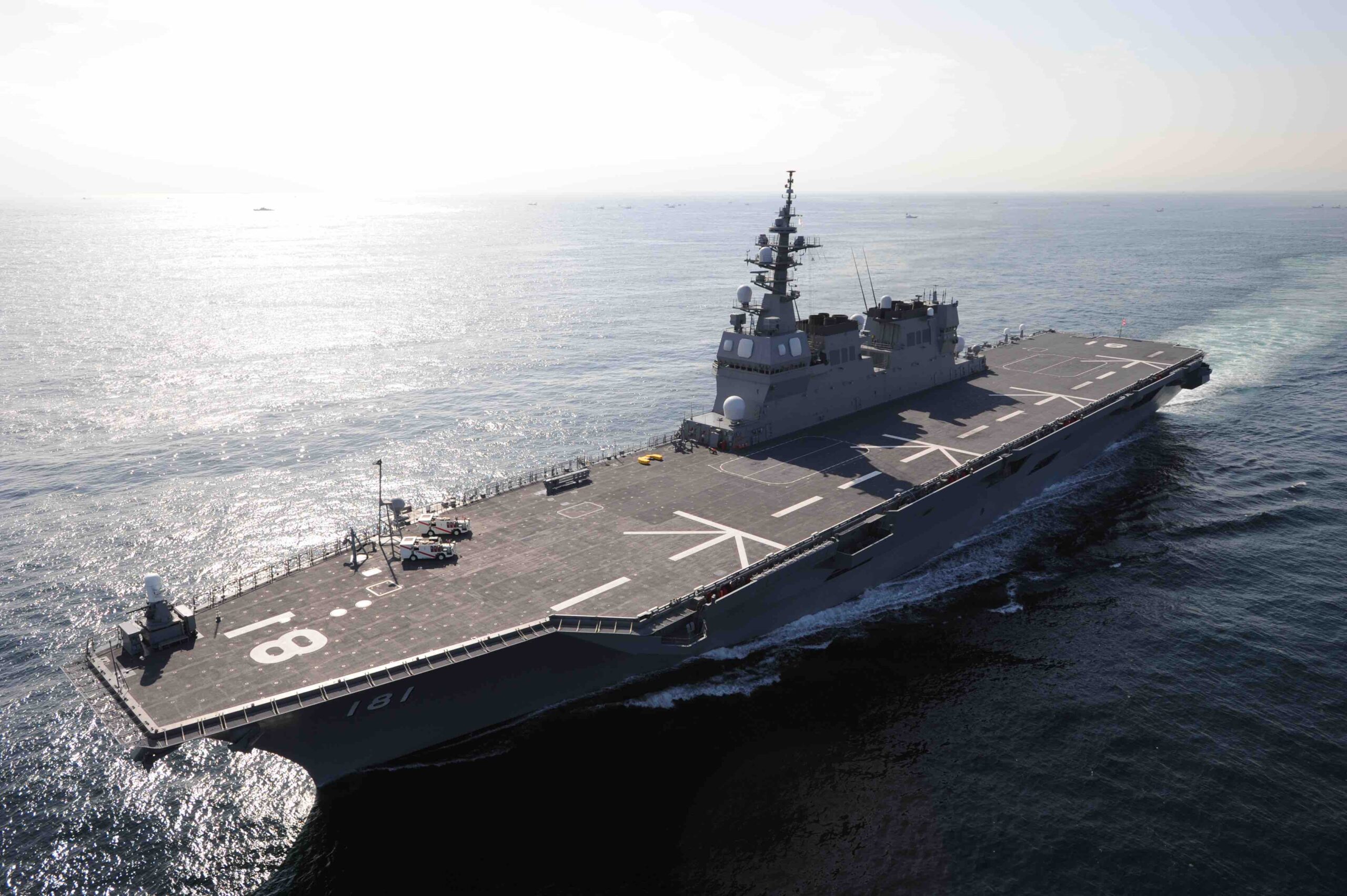
Comments